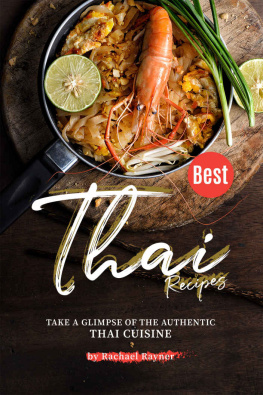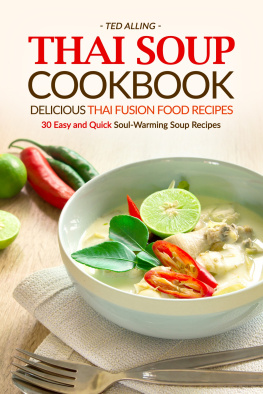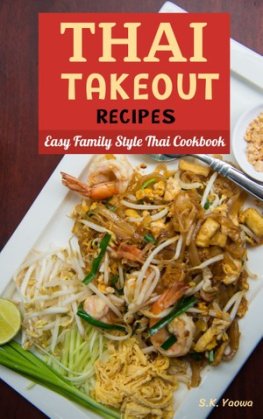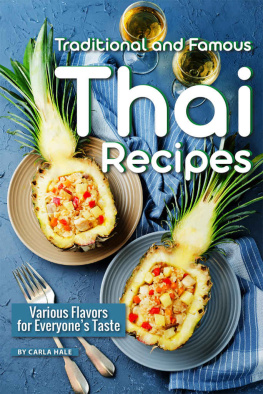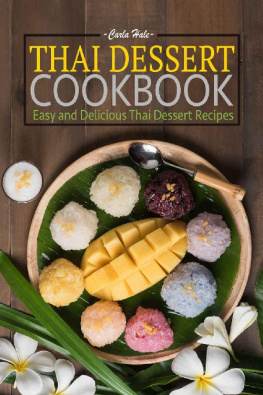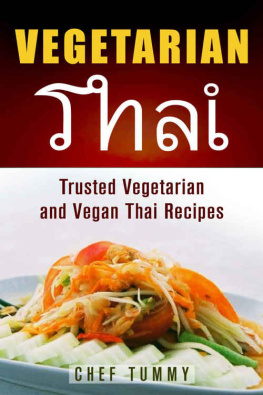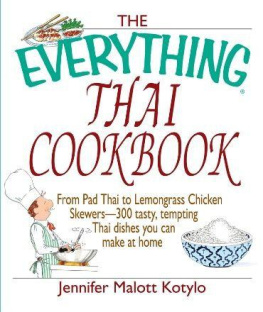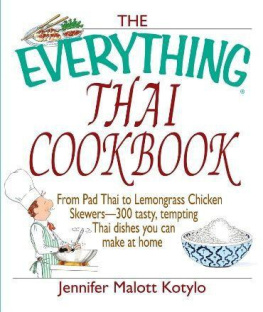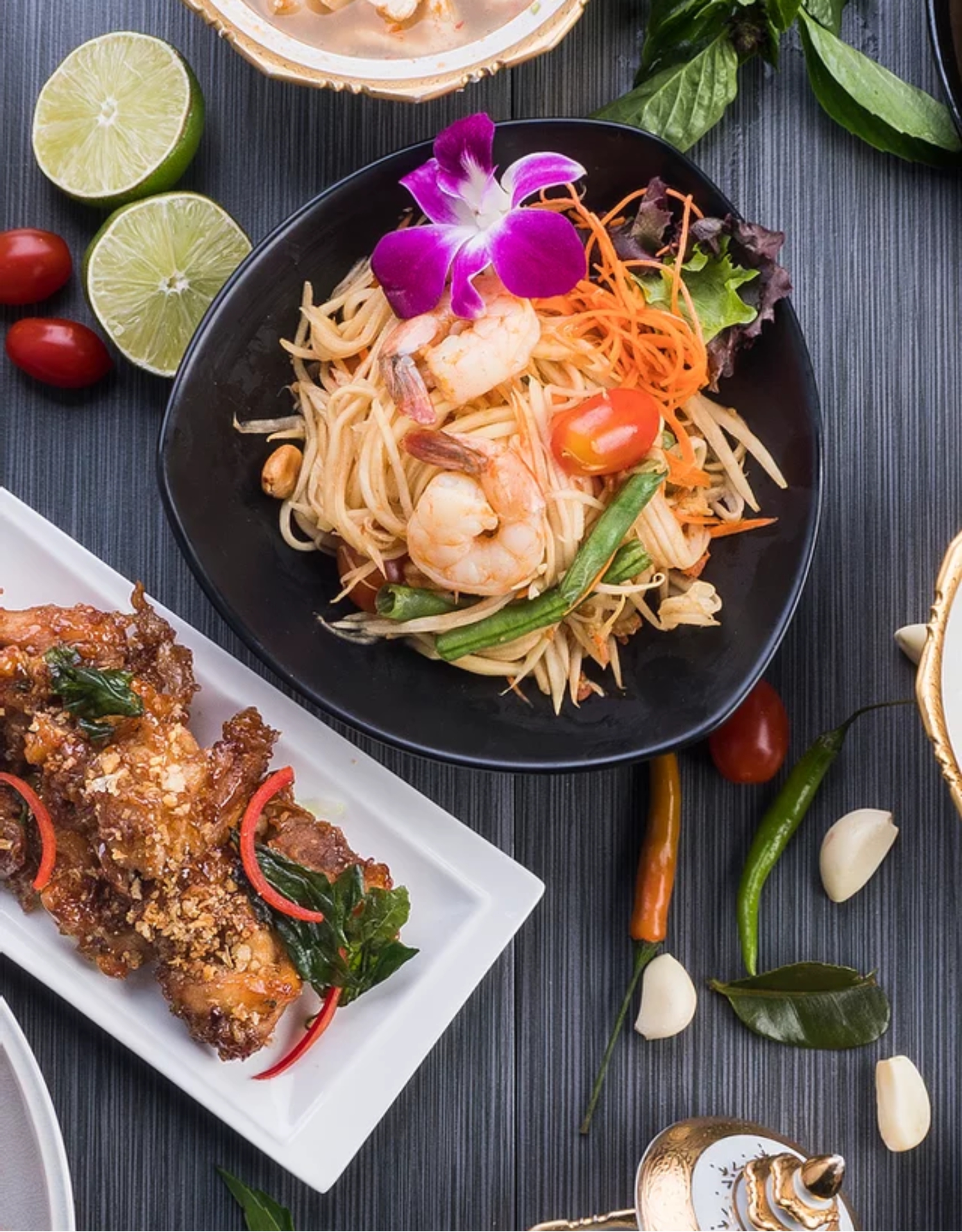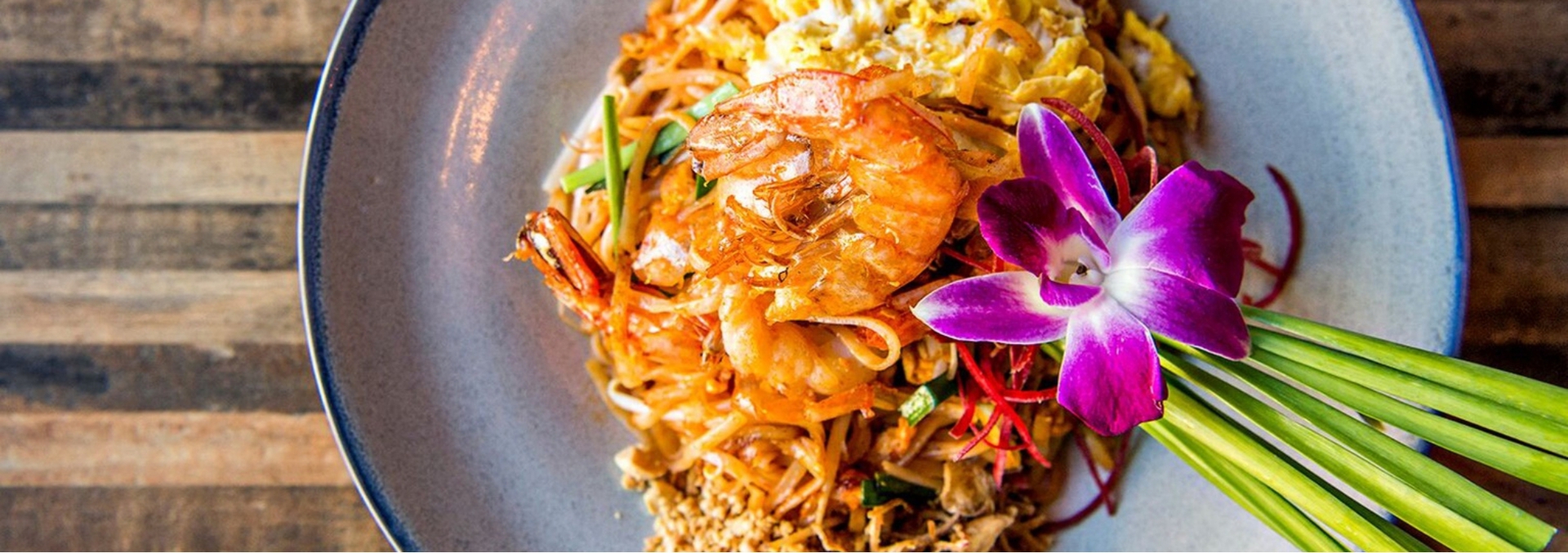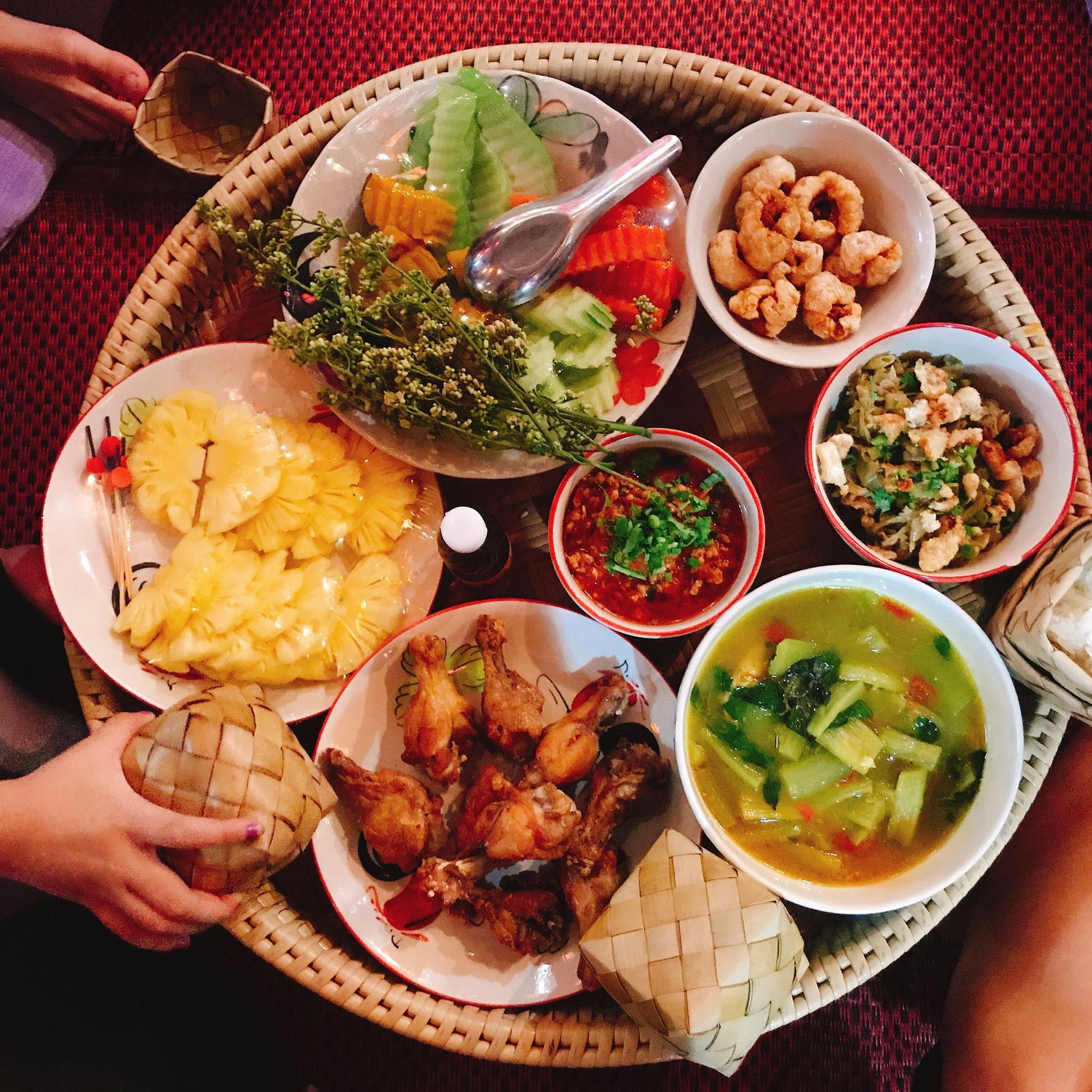Copyright 2020 - All rights reserved.
The content contained within this book may not be reproduced, duplicated or transmitted without direct written permission from the author or the publisher.
Under no circumstances will any blame or legal responsibility be held against the publisher, or author, for any damages, reparation, or monetary loss due to the information contained within this book, either directly or indirectly.
Legal Notice:
This book is copyright protected. It is only for personal use. You cannot amend, distribute, sell, use, quote or paraphrase any part, or the content within this book, without the consent of the author or publisher.
Disclaimer Notice:
Please note the information contained within this document is for educational and entertainment purposes only. All effort has been executed to present accurate, up to date, reliable, complete information. No warranties of any kind are declared or implied. Readers acknowledge that the author is not engaged in the rendering of legal, financial, medical or professional advice. The content within this book has been derived from various sources. Please consult a licensed professional before attempting any techniques outlined in this book.
By reading this document, the reader agrees that under no circumstances is the author responsible for any losses, direct or indirect, that are incurred as a result of the use of the information contained within this document, including, but not limited to, errors, omissions, or inaccuracies.
Table of Contents
Foreword
Crafting and designing a cookbook that explores the wonderful flavors of Thai cuisine isnt an easy task. Thai dishes are mostly made of a pretty complex array of ingredients that seems to mix all together to give an explosion of flavor with every bite! Just a single missing ingredient could drastically alter the flavor and create something unappealing and disappointing.
I strongly believe that the author of this book is himself a pretty strong and experience Homechef because all of the recipes in this book are fool-proof and written to perfection. While I wasnt able to try all of them, the ones I did indeed give me a taste of the most authentic Thai tradition there is.
The recipes of this book work on many levels to perfectly capture the magical essence that makes Thai cuisine so special and delicate!
After going through so many cookbooks myself and trying to find out the perfect one that fully encapsulates Thai in its entirety, I think I found the one that I love. And that is the reason why I dedicate my time to writing a foreword for this particular book.
While trying some of the most classic and traditional Thai recipes available in this book, my husband instantly became irresistible to my cooking. My kids seem to love it.
I thank the author for producing such an amazing compilation. I hope to see more similar books in the future!
The strength of a successful cookbook lies in its ability to convey expert information to beginners in easily digestible chunks. They, like real cookbooks, are intended for people who might understand the theory or fundamentals of the challenge but lack the expertise and experience that an expert steeped in the technology would have. The cookbook encourages readers to practice and participate in expert practices to correctly teach them how to do the trade tricks.
Hopefully, this book will do the same for people who are just getting started on their first journey towards becoming a Thai culinary expert and help Homechefs, both novice and advanced alike.
Alisha Patel
Sous Chef at Western Cuisine, Dhaka
Introduction
Thai cuisine has a very infamous reputation for being extremely spicy! However, the reality is far from it.
Thai foods actually represent a very interesting and delicate balance between a multitude of flavors that beautifully blends the like of sourness, spiciness, saltiness, sweetness, and bitterness to create a carnival of flavors in your taste buds.
These flavors work to complement each other and create an immaculate meal that boasts a wide array of complex and mouthwatering flavor profiles that can easily hypnotize anyone who is having Thai.
In fact, a very well-known author and chef, Thompson, has creatively expressed his thoughts regarding Thai cuisine by saying that Thai is such a cuisine that can be easily distinguished even from its nearest neighbors it terms flavors.
The ever-increasing number of Thai restaurants is a testament to Thai food's success, as more people remember the delicious mouth-tingling delights of authentic Thai cuisine.
Thai (Tai) people were originally refugees from southwest China who settled in the north and then moved south, establishing capitals with romantic names like Sukhothai ("Dawn of Happiness"), Ayutthaya ("Unassailable"), and then Bangkok ("City of Angels") at the end of the eighteenth century. As they moved south, they discovered that the fertile central plains and abundant rainfall were ideal for high-quality paddy fields, which is why the region is known as Southeast Asia's rice bowl.
As they moved south, they discovered that the fertile central plains and abundant rainfall were ideal for high-quality paddy fields, which is why the region is known as Southeast Asia's rice bowl.
Thailand is about the size of France and has a population of about 60 million people. Its immediate neighbors are Myanmar, Laos, Cambodia, and Malaysia. Many ingredients are similar to each cuisine but are often used in entirely different cooking methods due to trade between these and other countries in the region, conveniently illustrating the argument that food has no borders or boundaries. While regional cooking exists in Thailand, Thai restaurants will typically prepare and serve well-known dishes that they know their customers will enjoy.
Thai cuisine's evolution has been a long and subtle phase, with historical and culinary influences from China. Thais adopted dry spices coriander, cumin, nutmeg, cloves, and turmeric from Arab and Indian traders, as used in Thai Mussaman Curry (see page 98). This added a new dimension to the work of the royal household's talented chefs, which gradually evolved into one of the world's most thrilling cuisines. The chilli, which was carried east by the Portuguese, was perhaps the most important import. Its place in Thai cooking is undeniable, but it is the clever way the various flavors are married together to distinguish Thai cuisine. Threads of Indian cuisine can also be found in Thai cuisine's rich tapestry. The wet spice pastes are reminiscent of southern Indian masalas, which invariably contain the three Cs of oriental cooking: coconut, chili, and coriander/cilantro.
Thai food's three main draws are its flavors, textures, and aromas. Red and green hot bird's eye chillies; creamy coconut; coriander/cilantro (roots, stalks, and leaves); basil leaves, with their aniseed aroma; heavenly lemon grass; pine-like galangal (Kha); torn lime leaves (just smell the citrus fragrance); limes for juice or wedges to squeeze over prepared dishes; pungent kapi (fermented shrimp paste), which has no fishy taste but gi Crisp green vegetables and unripe fruits for salads, such as green mango, meltingly tender deep-fried fish and curried meats, and juicy, simply prepared oriental fruits, such as mangosteens and lychees, are among the textures. The aroma of lemon grass and lime leaves, or the scent of curry paste mixed into coconut milk, is enough to whet the appetite.


